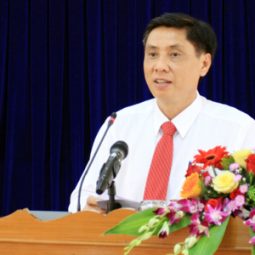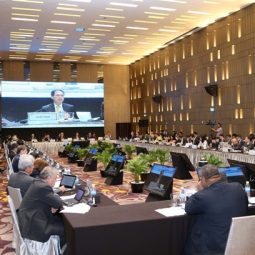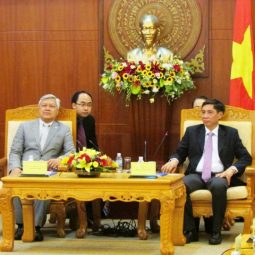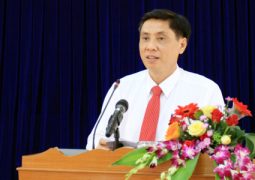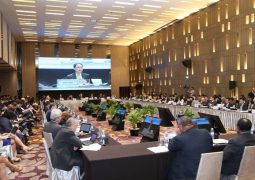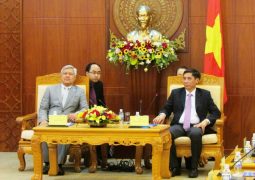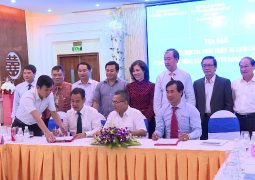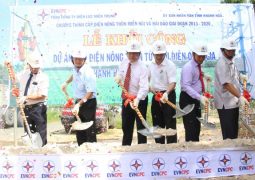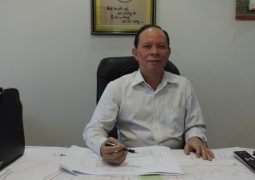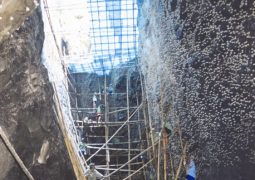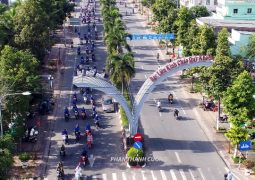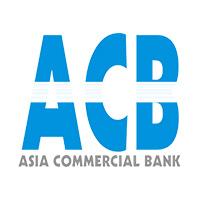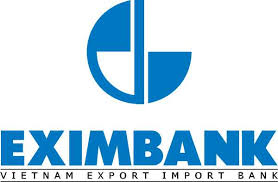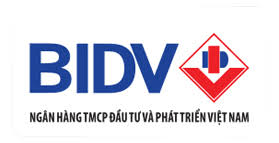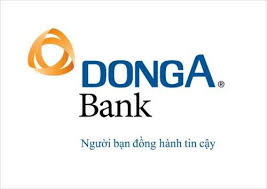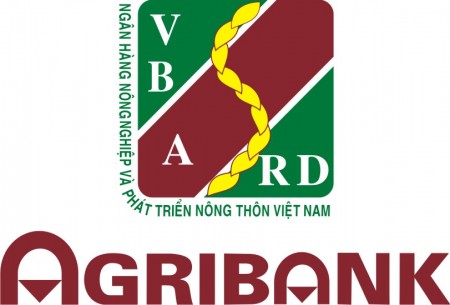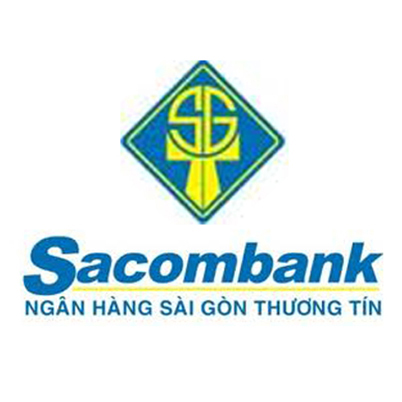In the past years, Hai Duong province has made great efforts in land consolidation and land conversion with the adjustment of fields. From 4 to 5 plots of land have been changed to 1-2, which has facilitated the introduction of mechanics, science and technology, new plants, and so on, linking farming with processing and production to the market. To learn more about the process of agricultural structure in the area, the Vietnam Business Forum correspondent had an interview with Nguyen Van Phu, Director of Hai Duong Department of Agriculture and Rural Development (DARD). . Ngo Khuyen does.
In recent years, Hai Duong is speeding up the process of land consolidation, land conversion with the adjustment of fields; A few of his share of the implementation process and results achieved?
Since 1993, Hai Duong Province has basically completed a stable, long-term land allocation to farmers, but each household has 13-15 plots with a plot of 170-250 m2 each. Over the years to push up the exchange, by 2013, each household still 4-5 plots, the area of each plot of 300-400 m2 … In front of the real situation of land fragmentation, scattering makes it difficult to mechanize and On large scale production, on September 13, 2013, the provincial People’s Committee issued Plan No. 1704 / KH-UBND to implement land consolidation, land conversion and land improvement in Hai Duong province. Section 2013-2015. The objective of each household is only 1-2 plots of land.
After the provincial People’s Committee issued the plan, the departments, localities have actively deployed, propagated and implemented: The Ministry of Agriculture and Rural Development and the Ministry of Natural Resources and Environment issued guidelines for implementation; DARD develops a sample project for the commune and a sample project for the village; The Department of Finance issues guidelines on the process of appraising and approving estimates, spending and payment, settlement of funds to support the management, direction and management of implementation. Districts, cities and towns also issue implementation plans, and develop their own local guidelines. Commune People’s Committees formulate the project of merging and converting into district People’s Committees for approval; At the village level, the plan for land consolidation and land improvement is proposed and submitted to the Commune People’s Committee for approval.
By the end of 2016, the whole province has 908 villages in 196 communes have organized the implementation of land consolidation and land consolidation with the area of 53,800 hectares, reaching 94.9% of the area to accumulate. Basically, there are only 1-2 plots per household with the area of 500 m2 each plot, the length of each plot is 40-50m, increasing 25 -30m ago. As a result, localities have planned and adjusted the fields, especially the internal roads, irrigation canals; The zoning covers the areas of public land, land for non-agricultural purposes, concentrated production areas, specializing in commodity-oriented farming, thus limiting farmers to leave their fields and facilitating the mechanization of production. .
The People’s Committee of Hai Duong Province has also approved the project “Development of concentrated agricultural production, value added and sustainable development in 2016-2020”. As the main advisory body in the issuance of the scheme, what do you think is the highlight of provincial development in the coming years?
To implement the Resolution of the 16th provincial Party Congress, term 2015-2020 and concretize the guidelines and resolutions of the Provincial Party Committee, Provincial People’s Council, on 21/9/2016, the People’s Committee of Hai Duong province issued Decision No. 2576 / QD-UBND approving the Action Plan for the implementation of “Restructuring the Agriculture Sector in the direction of Enhancing Value Added and Sustainable Development 2016-2020”. The overall objective of the project is to develop a comprehensive, effective and sustainable agriculture and aquaculture system based on the shift from production to quality, high added value, efficiency and sustainability. To develop the production of concentrated commodities, raise the quality, productivity and competitiveness, better satisfy the domestic market demand and boost export, firmly ensure food security; To carry out the agricultural restructuring in the direction of strongly developing concentrated animal husbandry and aquaculture in combination with disease and environmental sanitation, gradually reducing the percentage of agricultural labors in the province, raising the incomes and improving the living conditions. Contributing to sustainable poverty reduction, coupled with the successful implementation of the NTP on Rural Development.
The scheme also sets specific criteria such as: growth of production value in the period 2016-2020 from 1.7 to 2.0% (industry processing agricultural products and foodstuff 18.8%, export turnover Agricultural products 10.4%); By the year 2020, cultivation – forestry accounts for 49%, breeding – aquaculture 45% and services 6%; The value of harvested products per hectare of arable land and aquaculture reached 150 million; Total food output 745,000 tons; Meat yield of 150,000 tons; Rural household income will increase 1.5 times in 2015; The percentage of communes meeting NTM criteria is over 50% …
In the coming time, Hai Duong will bring into full play the advantages of each region and locality; To build and develop concentrated commodity production zones in the form of farms, farms and hi-tech hi-tech zones, ensuring food hygiene and safety. Parallel is the innovation


